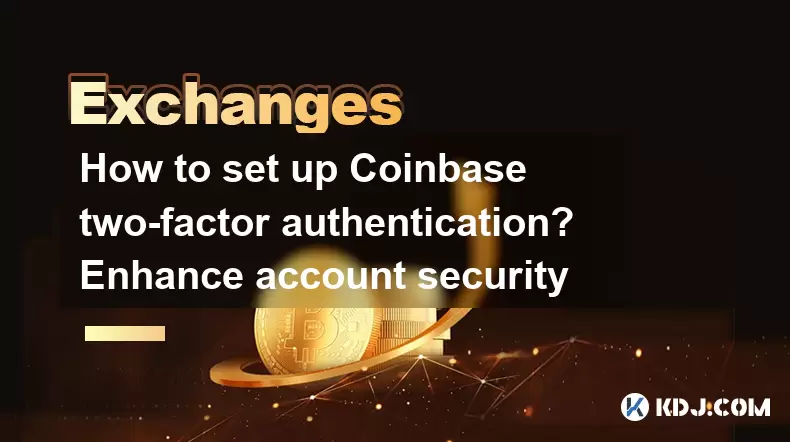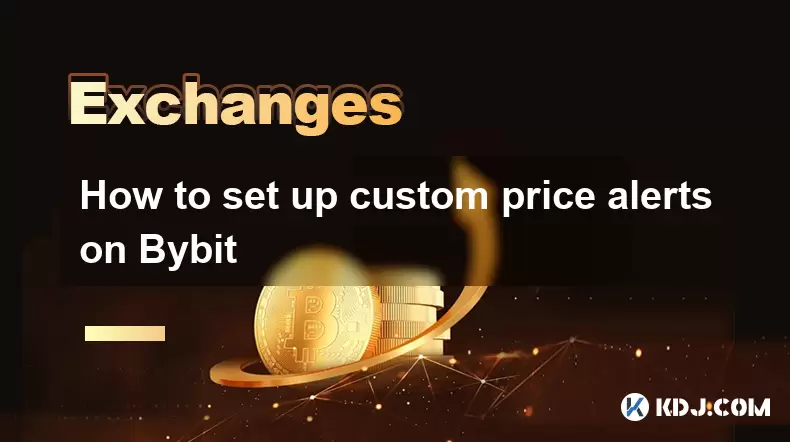-
 Bitcoin
Bitcoin $117300
1.99% -
 Ethereum
Ethereum $3884
5.89% -
 XRP
XRP $3.268
9.33% -
 Tether USDt
Tether USDt $1.000
0.02% -
 BNB
BNB $783.0
1.78% -
 Solana
Solana $173.6
3.51% -
 USDC
USDC $0.9999
0.00% -
 Dogecoin
Dogecoin $0.2193
7.00% -
 TRON
TRON $0.3380
0.30% -
 Cardano
Cardano $0.7769
5.08% -
 Stellar
Stellar $0.4350
9.36% -
 Hyperliquid
Hyperliquid $40.23
5.78% -
 Sui
Sui $3.739
6.95% -
 Chainlink
Chainlink $18.30
9.46% -
 Bitcoin Cash
Bitcoin Cash $581.7
2.11% -
 Hedera
Hedera $0.2577
5.51% -
 Ethena USDe
Ethena USDe $1.001
0.00% -
 Avalanche
Avalanche $23.08
4.23% -
 Litecoin
Litecoin $121.7
2.24% -
 UNUS SED LEO
UNUS SED LEO $8.962
-0.34% -
 Toncoin
Toncoin $3.332
1.36% -
 Shiba Inu
Shiba Inu $0.00001273
3.39% -
 Uniswap
Uniswap $10.35
6.84% -
 Polkadot
Polkadot $3.818
4.01% -
 Dai
Dai $1.000
0.01% -
 Bitget Token
Bitget Token $4.446
2.13% -
 Cronos
Cronos $0.1491
4.96% -
 Monero
Monero $255.4
-9.78% -
 Pepe
Pepe $0.00001099
4.80% -
 Aave
Aave $284.0
8.01%
How to set up Coinbase two-factor authentication? Enhance account security
Setting up 2FA on Coinbase adds crucial security, requiring a password and a mobile code, making unauthorized access much harder.
May 16, 2025 at 06:07 am

Setting up two-factor authentication (2FA) on Coinbase is a crucial step in enhancing the security of your cryptocurrency account. By implementing 2FA, you add an additional layer of protection that makes it significantly harder for unauthorized users to access your account. This guide will walk you through the process of setting up 2FA on Coinbase, ensuring that your digital assets remain safe and secure.
Understanding Two-Factor Authentication
Two-factor authentication is a security process in which a user provides two different authentication factors to verify themselves. This method adds an extra layer of security to your Coinbase account by requiring not only your password but also a secondary form of verification, typically a code sent to your mobile device. This means that even if someone else knows your password, they would still need access to your mobile device to log in.
Preparing for 2FA Setup
Before you begin setting up 2FA on Coinbase, ensure that you have the following ready:
- A smartphone with a reliable internet connection.
- The Google Authenticator app installed on your smartphone. You can download it from the App Store or Google Play.
- Your Coinbase account login credentials.
Step-by-Step Guide to Setting Up 2FA on Coinbase
To set up 2FA on Coinbase, follow these detailed steps:
Log into your Coinbase account: Open your preferred web browser and navigate to the Coinbase website. Enter your email address and password to log in.
Navigate to the Security Settings: Once logged in, click on your profile picture in the top right corner of the screen. From the dropdown menu, select Settings. Then, click on the Security tab.
Enable Two-Factor Authentication: Scroll down to the Two-Factor Authentication section. You will see an option to Enable Authenticator. Click on this button to proceed.
Set Up Google Authenticator: A new window will open with a QR code. Open the Google Authenticator app on your smartphone. Tap on the + icon to add a new account. Choose to scan the QR code displayed on your Coinbase screen. If you cannot scan the QR code, you can manually enter the setup key provided by Coinbase.
Enter the Verification Code: After adding Coinbase to your Google Authenticator app, it will generate a six-digit code that changes every 30 seconds. Enter this code into the verification field on the Coinbase website and click Enable.
Backup Your 2FA Codes: Coinbase will provide you with a set of backup codes. It is crucial to save these codes in a secure location. These codes can be used to access your account if you lose your mobile device or if the Google Authenticator app is not working.
Verifying 2FA Setup
After setting up 2FA, it's important to verify that it is working correctly. To do this:
Log out of your Coinbase account: Click on your profile picture and select Sign Out.
Log back into your Coinbase account: Enter your email address and password. You will be prompted to enter the six-digit code from your Google Authenticator app. If the code is accepted, your 2FA setup is successful.
Troubleshooting Common 2FA Issues
Sometimes, users may encounter issues with 2FA. Here are some common problems and their solutions:
Lost Mobile Device: If you lose your mobile device, you can use one of your backup codes to log into your Coinbase account. After logging in, you should immediately set up 2FA again on a new device.
Google Authenticator Not Working: If the Google Authenticator app is not generating codes, ensure that your device's time is set correctly. The app relies on the device's time to generate codes.
Forgotten Backup Codes: If you lose your backup codes, you will need to contact Coinbase support for assistance. They may require additional verification to reset your 2FA.
Additional Security Measures
While 2FA significantly enhances your account's security, consider implementing these additional measures:
Use a Strong Password: Ensure your Coinbase password is long, complex, and unique. Avoid using easily guessable information such as birthdays or common words.
Enable Email Notifications: Coinbase offers email notifications for account activities. Enabling these can help you quickly detect and respond to any unauthorized access attempts.
Regularly Update Your Device: Keep your smartphone and computer updated with the latest security patches and software updates to protect against vulnerabilities.
Frequently Asked Questions
Q: Can I use an authenticator app other than Google Authenticator for Coinbase 2FA?
A: Yes, Coinbase supports other authenticator apps like Authy and Microsoft Authenticator. The setup process is similar; you will need to scan a QR code or enter a setup key into the app of your choice.
Q: What should I do if I lose access to both my mobile device and my backup codes?
A: If you lose access to both your mobile device and your backup codes, you will need to contact Coinbase support. They will guide you through a verification process to regain access to your account. It's crucial to have a recovery plan in place, such as a trusted contact who can help you verify your identity.
Q: How often should I update my 2FA setup?
A: There is no need to update your 2FA setup regularly unless you change your mobile device or suspect that your account security has been compromised. However, it's a good practice to review your security settings periodically to ensure everything is up to date.
Q: Can I disable 2FA on my Coinbase account if needed?
A: Yes, you can disable 2FA on your Coinbase account. To do so, go to the Security settings, find the Two-Factor Authentication section, and click on Disable. You will need to enter your password and a verification code from your authenticator app to complete the process.
Disclaimer:info@kdj.com
The information provided is not trading advice. kdj.com does not assume any responsibility for any investments made based on the information provided in this article. Cryptocurrencies are highly volatile and it is highly recommended that you invest with caution after thorough research!
If you believe that the content used on this website infringes your copyright, please contact us immediately (info@kdj.com) and we will delete it promptly.
- Cold Wallet Crypto in 2025: The Future is Now, Ya'll
- 2025-08-08 05:10:13
- MAGACOIN, SOL, and ADA: A Tale of Shifting Tides in Crypto
- 2025-08-08 05:10:13
- SHIB Price, PEPE, and the Memecoin Supercycle: Who Will Reign Supreme?
- 2025-08-08 05:50:12
- Pudgy Penguins Price Prediction: Google Trends & Breakout Signals
- 2025-08-08 05:50:12
- UAE Crypto Regulation: SCA and VARA Unite to Streamline the Future of Digital Assets
- 2025-08-08 05:55:48
- MAGACOIN Finance: The Presale Phenomenon Rocking the Crypto World
- 2025-08-08 05:55:48
Related knowledge

How to use advanced trading on Gemini
Aug 08,2025 at 04:07am
Understanding Advanced Trading on GeminiAdvanced trading on Gemini refers to a suite of tools and order types designed for experienced traders who wan...

How to deposit USD on Bitstamp
Aug 07,2025 at 05:18pm
Understanding Bitstamp and USD DepositsBitstamp is one of the longest-standing cryptocurrency exchanges in the industry, offering users the ability to...

How to find my transaction ID on Gemini
Aug 08,2025 at 12:50am
Understanding the Transaction ID in Cryptocurrency ExchangesA transaction ID (TXID) is a unique alphanumeric string that identifies a specific transfe...

How to set up custom price alerts on Bybit
Aug 07,2025 at 04:31pm
Understanding Price Alerts on BybitPrice alerts on Bybit are essential tools for traders who want to stay informed about significant price movements i...

How to use the API for automated trading on OKX
Aug 07,2025 at 05:21pm
Understanding the OKX API for Automated TradingThe OKX API provides a powerful interface for users to automate their trading strategies, access real-t...

How to trade forex pairs on Kraken
Aug 07,2025 at 11:49pm
Understanding Forex Pairs on KrakenKraken is primarily known as a cryptocurrency exchange, but it also supports select forex pairs through its Kraken ...

How to use advanced trading on Gemini
Aug 08,2025 at 04:07am
Understanding Advanced Trading on GeminiAdvanced trading on Gemini refers to a suite of tools and order types designed for experienced traders who wan...

How to deposit USD on Bitstamp
Aug 07,2025 at 05:18pm
Understanding Bitstamp and USD DepositsBitstamp is one of the longest-standing cryptocurrency exchanges in the industry, offering users the ability to...

How to find my transaction ID on Gemini
Aug 08,2025 at 12:50am
Understanding the Transaction ID in Cryptocurrency ExchangesA transaction ID (TXID) is a unique alphanumeric string that identifies a specific transfe...

How to set up custom price alerts on Bybit
Aug 07,2025 at 04:31pm
Understanding Price Alerts on BybitPrice alerts on Bybit are essential tools for traders who want to stay informed about significant price movements i...

How to use the API for automated trading on OKX
Aug 07,2025 at 05:21pm
Understanding the OKX API for Automated TradingThe OKX API provides a powerful interface for users to automate their trading strategies, access real-t...

How to trade forex pairs on Kraken
Aug 07,2025 at 11:49pm
Understanding Forex Pairs on KrakenKraken is primarily known as a cryptocurrency exchange, but it also supports select forex pairs through its Kraken ...
See all articles

























































































